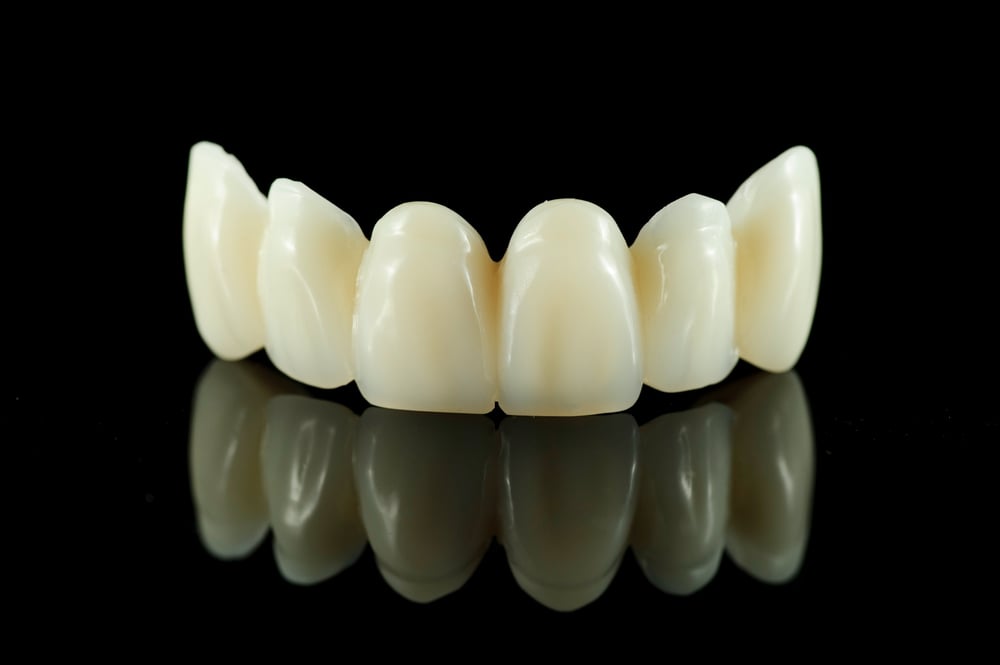When it comes to restoring a smile, two of the most commonly recommended treatments are dental crowns and bridges. These time-tested procedures offer both cosmetic enhancement and functional support, making them ideal for people with damaged, decayed, or missing teeth. If you’re exploring Dental Crowns and Bridges in Dubai, understanding the step-by-step process of what actually happens during these treatments can help ease your mind and empower your decision-making.

What Are Dental Crowns and Bridges?
Before diving into the procedure, it's important to know what dental crowns and bridges actually are. A dental crown is a custom-made cap that fits over a damaged tooth, restoring its shape, size, strength, and appearance. It’s often used when a tooth is cracked, worn down, or has a large filling that needs reinforcement.
On the other hand, a dental bridge is used to fill the gap left by one or more missing teeth. It consists of two or more crowns for the teeth on either side of the gap — these are called abutment teeth — and a false tooth or teeth in between, called pontics.
Both crowns and bridges are cemented onto existing teeth or implants, making them non-removable once placed. They are designed to look, feel, and function like your natural teeth.
The Consultation and Evaluation Phase
Your journey usually begins with a dental consultation. During this appointment, the dentist evaluates your oral health to determine whether a crown or bridge is the best option for your specific needs. They will likely take X-rays to assess the condition of your teeth and the surrounding bone.
This is also the time when you’ll discuss expectations. If you’re getting a crown, you might be dealing with a fractured tooth or one that’s undergone a root canal. If it’s a bridge, you’ve probably lost one or more teeth due to injury or decay. The goal at this stage is to create a treatment plan that restores both function and appearance.
Preparing the Teeth
Once the treatment plan is confirmed, the next step is preparing your teeth.
For crowns, the affected tooth is filed down along the top and sides to make room for the crown material. If too much of the tooth is missing due to damage or decay, the dentist may build it up with filling material to support the crown.
For bridges, the abutment teeth (the ones adjacent to the gap) are prepared in the same way as for a crown. These teeth must be shaped properly to support the bridge securely.
After the shaping, impressions of your teeth are taken. These impressions serve as a precise model from which your custom crown or bridge will be made. While waiting for the final product (which may take a few days), a temporary crown or bridge is often placed to protect your teeth and maintain function.
Fitting and Placement
When your permanent crown or bridge is ready, you’ll return to the dentist for placement. First, the temporary restoration is removed, and the new crown or bridge is carefully checked for fit and color.
Your dentist will make sure the restoration blends seamlessly with the surrounding teeth, both visually and functionally. Minor adjustments might be made at this point to ensure proper bite and comfort.
Once satisfied with the fit, the crown or bridge is permanently cemented into place. The dentist will then test your bite and make any final tweaks necessary.
Recovery and Aftercare
Recovery from dental crown or bridge placement is usually straightforward. You might experience mild sensitivity or discomfort for a few days, especially if a lot of dental work was done in a single visit. Over-the-counter pain relievers typically help manage this discomfort.
Good oral hygiene is crucial to prolong the lifespan of your crown or bridge. Brushing twice a day, flossing daily (especially around the bridge), and regular dental checkups will help ensure your restoration lasts for many years.
Avoid chewing hard foods like ice or hard candy, which can crack or dislodge your crown or bridge. Also, if you grind your teeth at night, consider using a night guard to protect your investment.

Long-Term Benefits
One of the most appealing aspects of dental crowns and bridges is their ability to restore confidence. When you can smile, speak, and chew without discomfort or self-consciousness, it positively affects your daily life and social interactions.
Moreover, crowns and bridges help maintain the alignment of your remaining teeth and support your facial structure, preventing that sunken look that can occur when teeth are missing.
With proper care, dental crowns can last between 10 to 15 years, while bridges often last just as long. Their durability, combined with their natural appearance, makes them a reliable solution for a wide range of dental issues.
Final Thoughts
Whether you’re dealing with a damaged tooth or a noticeable gap in your smile, dental crowns and bridges offer a dependable and attractive solution. Understanding what happens during the process — from consultation to recovery — can ease any apprehensions and prepare you for a smoother experience. If you're considering Dental Crowns and Bridges Dubai, now you know exactly what to expect and how these restorative options can transform not only your smile but your entire sense of confidence.

